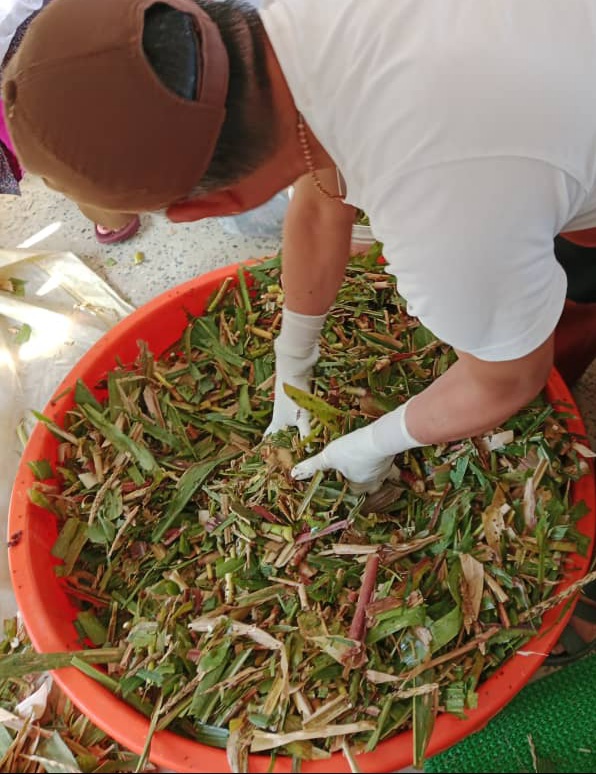ASSESSMENT OF THE NUTRITIONAL COMPOSITION OF MAIZE STOVER SILAGE ENRICHED WITH LOCAL DISTILLATE RESIDUE AND ITS FEASIBILITY AS WINTER FODDER
Keywords:
Ensiling, Local distillate residue, Maize stover, Nutrient composition, Palatability, Winter fodderAbstract
ABSTRACT: To address the shortage of nutritional feed for the cattle during winter season, maize stover was enriched with 0%, 10%, 20%, and 30% of local distillate residue (LDR) in the portable plastic bags (PPBs). The physical characteristic, pH, nutrient composition, and aerobic stability of the silage were determined at 60 days of ensiling. The palatability of the silage was determined by feeding the Jersey cows at the College of Natural Resources (CNR) dairy farm, at Lobesa, Punakha. The experimental design adopted was completely randomized. All the treatments had acceptable physical characteristics regarding colour, smell, and texture. The pH for all the treatments varied from 4.52 – 3.12, indicating adequate fermentation. Dry matter (DM) content of the silage was 21.84%, 21.79%, 18.79%, and 18.02% while crude protein (CP) content was 8.83%, 12.25%, 17.51%, and 46.83% for the T0, T1, T2 and T3 respectively. The crude fiber content decreased from 81.32%, 73.54%, 33.99%, and 29.79% with the increased inclusion of LDR in the silage. The moisture content was highest for T3 at 81.98% and decreased as the inclusion rate of the LDR reduced. Maize stover silage enriched with LDR exhibited better aerobic stability and lesser likelihood of aerobic deterioration. The palatability percent for the silage with 30% of LDR was high and was considered more palatable and accepted by the Jersey cows. It was concluded that LDR is a suitable residual by-product for ensiling with maize stover, as it enhances the nutrient composition, improves the physical characteristic, increases the palatability of the feed, and provides better aerobic stability against deterioration.

Downloads
Published
Issue
Section
Categories
License
Copyright (c) 2025 Bhutan Journal of Animal Science

This work is licensed under a Creative Commons Attribution 4.0 International License.





